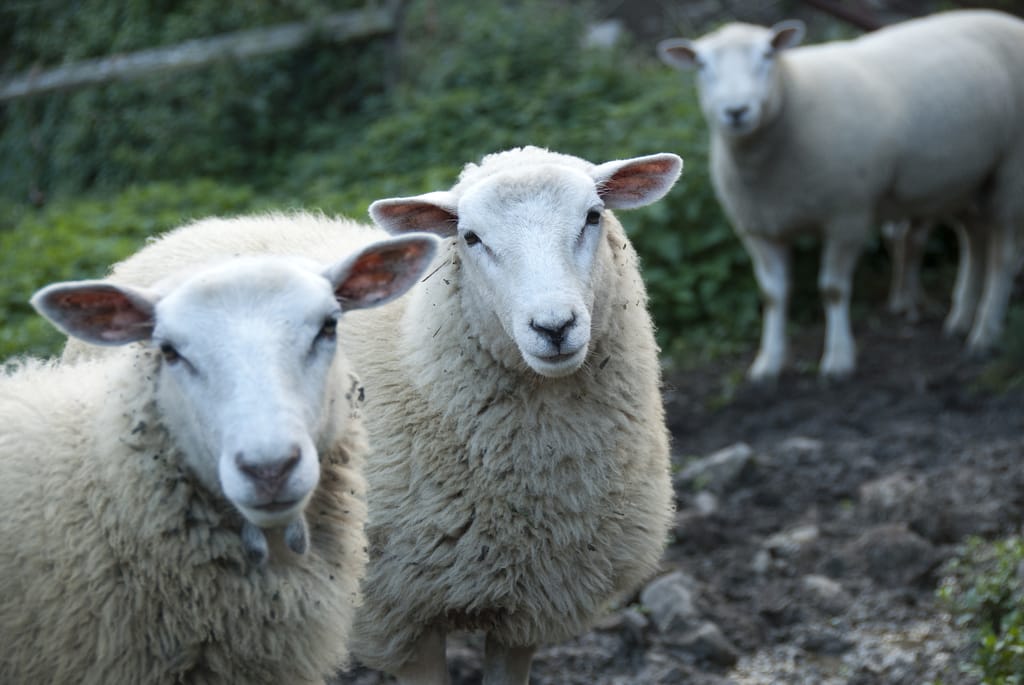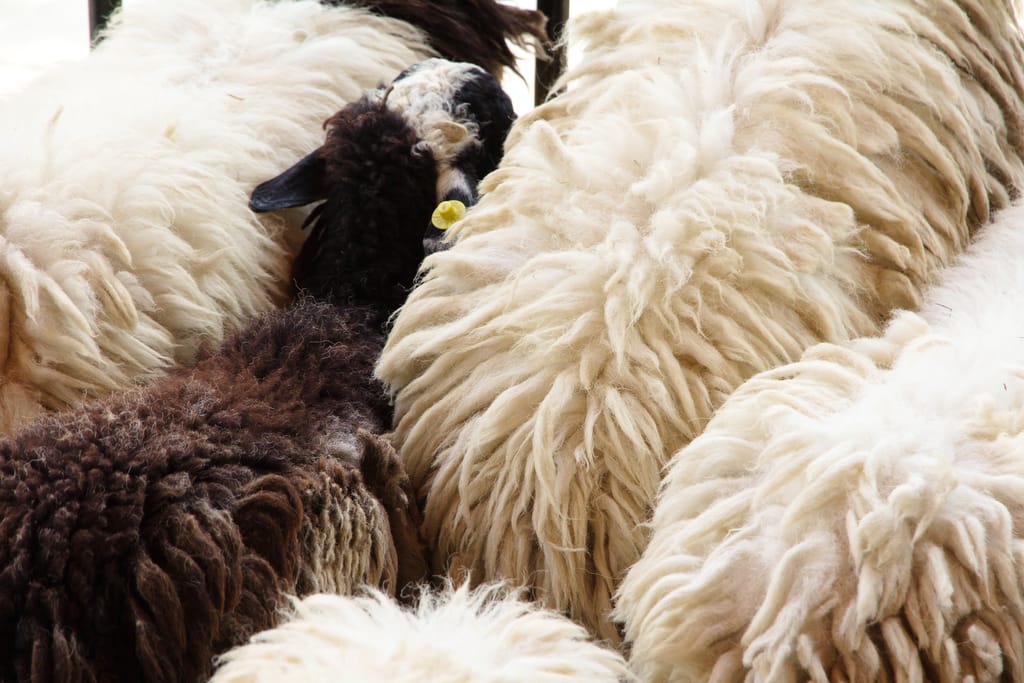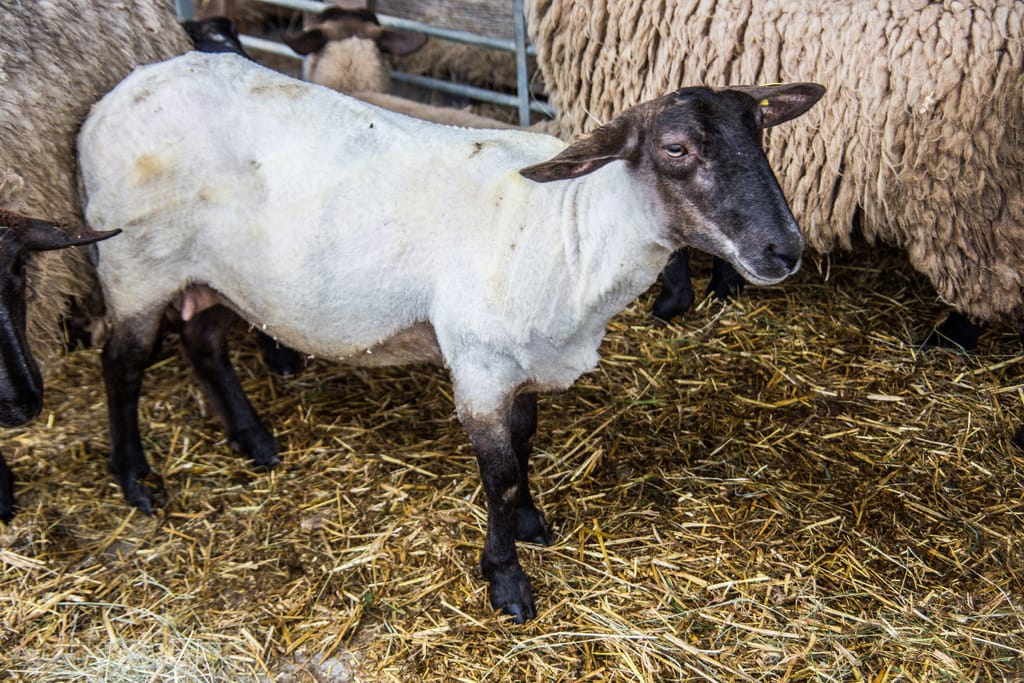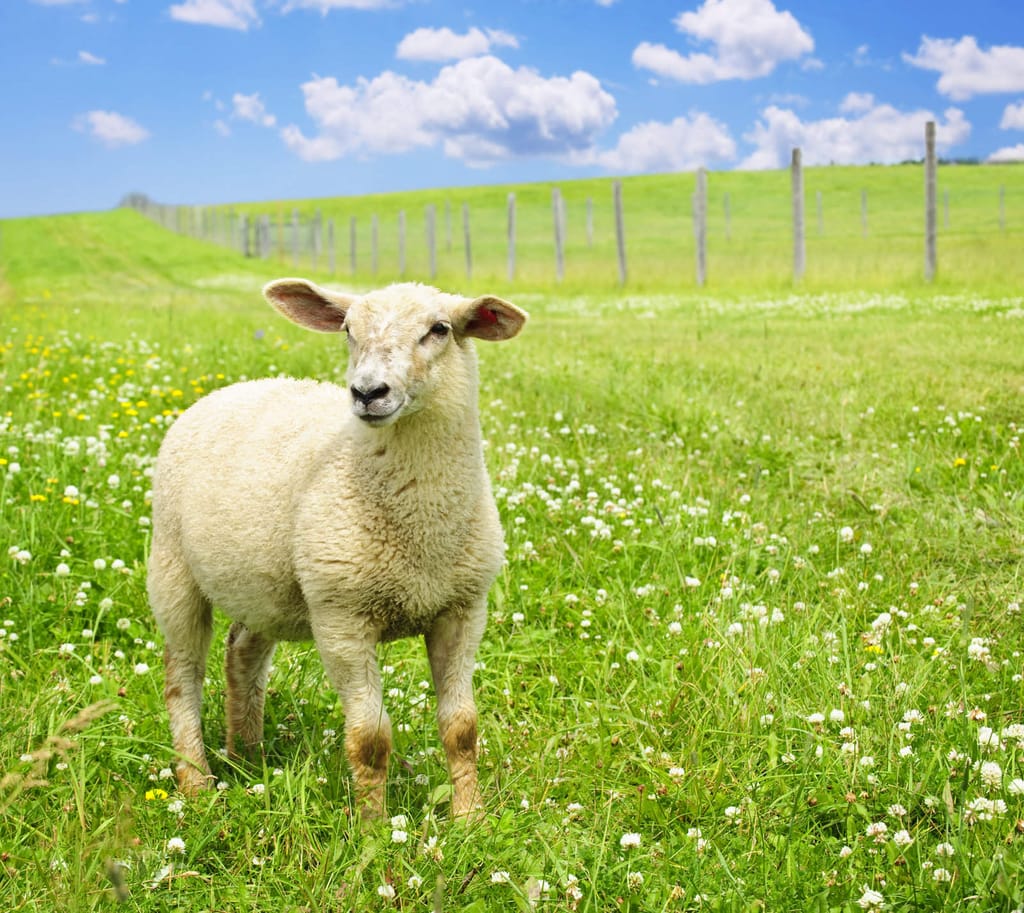How is wool made?
When the fur is sheared (trimmed) from a sheep, the resulting fiber is about three-quarters of an inch. The fiber is called wool: it is extremely crimped, or wavy. As it is sheared, the fiber is bent back and forth over and over, and the crimp lodges in the fiber. This is why woolen yarn is so warm: the crimped fiber traps air between the threads.
The initial step in wool processing is to remove the dirt, grease, and other external matter from the fiber. They usually do this by washing it in a detergent and/or water. They then spun the fibers into yarn, either by hand or using machines.
The woolen yarn is then ready to be knit or woven into fabrics. They usually finish the natural fibers with a treatment that makes them water-resistant and prevents them from shrinking.
Wool is one of the oldest and most popular fabrics in the world, and the process of making it is complex and interesting. It is most commonly derived from the hair of sheep, though it can also come from other animals such as goats, camels, and llamas.

History of Wool
Wool production has been an integral part of human history for thousands of years. It is one of the oldest known fabrics and has been used for various purposes since the Neolithic Era. It has been used to make clothing, blankets, rugs, and many other items. Its versatility and durability have made it a popular choice for centuries.
The earliest evidence of wool production dates back to 6000 BC in the Middle East. The ancient Egyptians were among the first to use sheep’s wool for clothing and blankets. They used the fiber to make a variety of garments and fabric items. It was also used in the Mediterranean region as early as 3000 BC.
During medieval times, wool production became a major industry in Europe. It was the primary material used for clothing in this period, and it was also used to make blankets, carpets, and other items. Wool production was mostly done by hand, using a weaving technique known as "fulling." This process involved pounding and wetting itto make it thicker and stronger.
In the 14th century, the wool trade became increasingly important in Europe. The major producing countries included England, France, Germany, and Italy. This era saw the development of new techniques for cleaning, spinning, and weaving. Innovations such as the spinning wheel and the jenny helped make wool production faster and more efficient.
In the 19th century, wool production experienced a major transformation due to the advent of modern machinery. This allowed for the mass production of wool and other fabrics, which led to a dramatic decrease in prices. This made related products more accessible to the average consumer.
Today, wool production is still an important industry in many parts of the world. It is used to make clothing, carpets, blankets, and other items. Modern advances in technology have made production more efficient and cost-effective. This has allowed for a wider variety of products to be produced and distributed to consumers.

Types of Wool
Wool is a natural fiber derived from sheep, goats, and other animals. It is renowned for its warmth, softness, and durability, and is often used to make clothing and home furnishings. There are several different types, and each one is processed differently.
Merino wool is the softest type and is often used in luxury garments. It is derived from Merino sheep, which produce finer fibers than other breeds of sheep. It is scoured, or cleaned, and then carded, which is when it is combed to remove any dirt or debris. It is then spun into yarn and woven into fabric.
Lambswool is also a very soft wool and is often used in sweaters and blankets. This type comes from young sheep, or lambs. It is processed in a similar way to Merino, but it is not as fine and does not hold its shape as well.
Cashmere is a luxurious type of wool that is derived from Cashmere goats. It is much softer than other types and is usually more expensive. It is combed to remove any excess fibers and then spun into yarn. It is then woven into fabric or knitted into garments.
Alpaca wool is a soft and lightweight fiber that is produced by Alpaca, which are a type of camelid found in South America. It is combed and spun into yarn, and then woven or knitted into fabric. It is usually used in sweaters, scarves, and other accessories.
Angora wool is derived from Angora rabbits and is very soft and lightweight. The material is plucked from the rabbits, and then combed and spun into yarn. It is then knitted or woven into fabric. Angora is often used in sweaters, hats, and scarves.
Sheep’s wool is the most common type of wool and is used for sweaters, coats, and other garments. It is scoured and carded to remove any dirt or debris, and then spun into yarn. It is then woven or knitted into fabric.

Sourcing and shearing
The process of obtaining wool from sheep is known as shearing. Shearing is the process of removing it from the animal’s body. It is done by hand or by using a specialized shearing machine. Shearing is typically done twice a year, once in the spring and once in the fall.
During shearing, the sheep is first held in place with a restraint device. Then, a clipper or shearing machine is used to cut the wool from the animal’s body. The material is then removed from the sheep and sorted according to its length and quality.
Sheep are usually shorn in the late spring or early summer, when the wool is at its thickest. This is done to ensure that the sheep are not exposed to too much cold weather and that it is of the highest quality.
After the wool is removed from the sheep, it is washed to remove dirt and other impurities. The material is then dried, sorted, and packed for transport. Shearing is an important part of the production process. It ensures that the fiber is of the highest quality and that the sheep are not exposed to too much cold weather.

Environmental impact of wool production
The production of wool requires significant amounts of water. The cleaning of the fibers typically involves water-intensive processes such as scouring, dyeing, and finishing. These processes are often performed in industrial facilities that discharge wastewater containing pollutants into nearby water bodies. This wastewater can contain residues of chemicals used in the production process, as well as particles of dirt, grease, and lanolin. These pollutants can have detrimental impacts on aquatic ecosystems, including increased water turbidity and reduced water quality.
The production of wool also has an impact on air quality. Its processing facilities often employ combustion processes that release pollutants such as nitrogen oxides and sulfur dioxide into the atmosphere. These pollutants can cause ground-level ozone and smog, both of which can have a range of negative effects on human health. Additionally, these emissions can contribute to global climate change by trapping heat in the atmosphere.
The production of wool can also have an impact on soil quality. Its production often involves the use of pesticides and other chemicals, which can leach into the soil and contaminate it. This can have a range of effects on soil fertility, including reduced nutrient availability and increased soil acidity. Additionally, soil erosion resulting from overgrazing can lead to a decrease in organic matter and a decrease in soil structure.
The production of wool can contribute to climate change. Wool production involves the release of greenhouse gases, such as carbon dioxide and methane, into the atmosphere. These gases trap heat and contribute to global warming, which can have a range of negative effects on the environment. Additionally, wool production can lead to changes in land use, which can lead to further increases in greenhouse gas emissions.

Conclusion
There are many advantages to wool, both for the environment and for people. It is a natural fiber that is biodegradable. It also breaks down in the environment without releasing harmful toxins, making it a more environmentally friendly choice than comparable synthetic materials.
Wool is also a thermo-regulating fiber, meaning that it helps to keep you warm in winter and cool in summer. It also helps to wick moisture away from the skin, keeping you dry and comfortable. The fiber is hypoallergenic, meaning it is less likely to cause allergic reactions than other materials. It is also a sustainable resource, meaning that they can produce it without damaging the environment. These factors make wool a superior option for clothing, bedding, and other household items.
Reference
- Wool (Wikipedia)
- How Wool Is Made – A Sheep’s Story (Baabuk)
- How It’s Made Wool (YouTube)